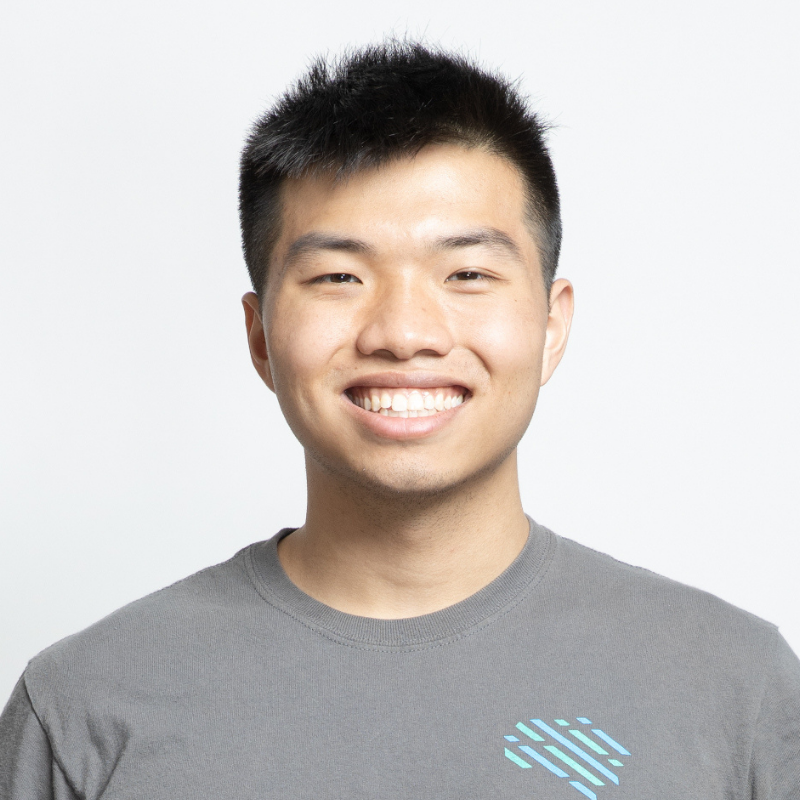
It answered a lot of the 'why' questions that I've had for a long time.
Chris Look graduated with degrees in bioengineering and computer science in May 2020. After graduation, he began working as a Software Engineer at Amazon Web Services, the world’s most comprehensive and broadly adopted cloud platform.
“I think the first thing that interested me about STEM is that it answered a lot of the ‘why’ questions I’ve had for a long time,” explains Chris. “I also wanted to be able to give to people without the privilege of good health. It’s one of the most unfair things in this world that some people are born with health issues that affect them and don’t affect others. For centuries - even millennia - there was nothing that could be done about it. But with the advent of technology, we can finally start to fix it, and I want to be part mending health care disparities, making it accessible to everyone.” Chris’ desire to advance human health and math, physics, and computer science skills drove him to study bioengineering. “I think it requires not just the empathy to understand the patient, but also the technical skills in trying to solve very difficult problems,” he says.
During their freshman year at University of Maryland, Chris and several of his peers developed Synapto, a portable electroencephalogram (EEG) that uses a specially designed headset and a new software analysis tool to detect Alzheimer’s disease before a patient displays clinical symptoms. The team won first place and the top prize of $20,000 in the 2017 National Institutes of Health (NIH) Design by Biomedical Undergraduate Teams (DEBUT) challenge. Currently, the five-person Synapto team is working on a paper which will summarize the group’s findings from the last four years and present new findings. The Synapto team will also point out some flaws they believe are in current research. The summer after his sophomore year, Chris worked as a Software Engineer Intern at Flatiron Health. The organization’s goal is to improve cancer research by centralizing data that was never learned from before.“They are an electronic medical records company that develops for oncology clinics, and their goal is to centralize data in the systems.They analyze it and sell insights to the U.S. Food and Drug Administration (FDA),” says Chris. “One of their big goals is to make healthcare more accessible by making data more accessible to doctors and the FDA. A lot of this data would normally be collected in a clinical trial, but Flatiron Health collects it in a real-world setting.”
While on campus, Chris also played intramural badminton. “Prioritizing my mental health and happiness is important to me,” says Chris. “Playing badminton was great. It’s exercise, endorphins, and getting to be around some great people. It really helped me focus on my studies. It really helped me to manage stress while working on two degrees.”
Now, Chris enjoys his first full-time job post-graduation as a Software Engineer at Amazon Web Services. In 2006, Amazon Web Services began offering IT infrastructure services to businesses in the form of web services - now commonly known as cloud computing. With the Cloud, businesses no longer need to plan for and procure servers and other IT infrastructure weeks or months in advance. Instead, they can instantly spin up hundreds or thousands of servers in minutes and deliver results faster.
Today, Amazon Web Services provides a highly reliable, scalable, low-cost infrastructure platform in the cloud that powers hundreds of thousands of businesses in 190 countries around the world. “Working for AWS is so cool,” says Chris. “It powers such a large portion of the internet. You have the power to engineer something on such a large scale, that is accessible to so many people. I’m learning how to build projects that really matter."
Top